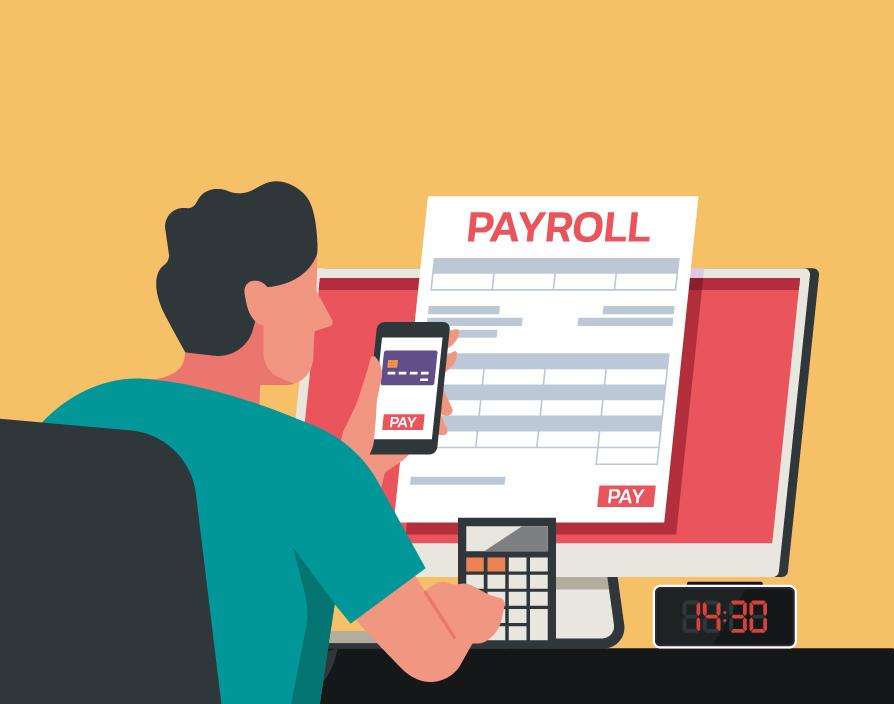Perhaps for good reason—after all, people come to work in good part to earn a living. So, when they’re paid incorrectly, it’s no wonder they can feel aggrieved. With modern payroll technologies that can accurately automate wage payments and tax deductions, payroll errors should now be few and far between. Unfortunately, new research shows this is not the case.
According to the recently released 2024 Alight Company Payroll Complexity Report, more than half (53%) of companies have been penalised for a non-compliant payroll in the last 5 years. These breaches include failures to pay legally mandated minimum wages causing serious reputational damage. The UK government, for instance, recently ‘named and shamed’ over 500 employers for underpaying their staff. Meanwhile, recent high-profile payroll mishaps include British actor Tom Hollander mistakenly receiving Spiderman star Tom Holland’s seven-figure bonus paycheque.
The above serve to demonstrate that errors aren’t always a simple, one-off rounding oversight, but can be significantly costly. They also have a huge impact on employees’ personal lives. At any time, but specifically during a cost-of-living crisis, workers must be able to rely on their employer to pay them for the work they do. Any payroll errors could impact not just their abilities to pay bills on time, but their overall productivity, morale, and wellbeing.
It’s important, therefore, for companies of all sizes to laser in and review their payroll processes. But what are some of most common mistakes? And how do they happen? Let’s take a look.
Why do companies face payroll-related fines?
Perhaps the most common payroll error witnessed stems from an employer’s miscalculation of an employee´s pay. Common scenarios include overpaying or underpaying employees, making erroneous retroactive payments, missing the first paycheque for new hires, deducting the wrong amount for benefits or other payroll deductions, and improperly paying employees who are on disability or other leaves.
Another common mistake is the misclassification of employees and contractors, which may remove core rights and protections like minimum wage and overtime pay rates. One study estimates that up to 30% of US employers may be misclassifying their workers, resulting in billions of lost taxes. And speaking of taxes, a failure to report all taxable compensation and using the wrong tax codes are also common errors, as is missing overtime payments and reporting deadlines. So, what’s causing these mistakes?
Well, in large part this comes down to inadequate payroll skills and backup. Many businesses have only one person capable of both understanding and handling the payroll functions. To make this worse, often payroll systems are complex, manual and undocumented processes. So, if that single person is away for whatever reason, processes may collapse. An organisation should aim to employ numerous people skilled in payroll who understand compliance procedures and protocols, including regional tax regulations and legal requirements—many of which are updated regularly. If unfeasible, they may need to look to technology and external support.
Putting the proper processes in place
Whatever payroll mistakes a business makes; correcting inaccuracies can be a both a costly and lengthy process. Plus, these errors also have tax implications, as paying people incorrectly almost certainly means that HMRC will also have been over/underpaid, which too will need to be rectified via corrections in the next regular report or an application for a refund.
Shifting to modern systems will help, but a hesitancy to change remains. According to a recent poll of payroll professionals, 47% said they simply don’t know enough about using AI. And despite all the media attention on AI, only 8% plan to implement it within their payroll processing over the next 4 years, according to the 2024 Alight Company Payroll Complexity Report.
Unfortunately, ignoring available support tools and technologies can result in payroll leakages, the money an organisation forfeits through antiquated payroll processes. Yet poorly designed and managed payroll processes, technology, and management can add an additional .5% to 1.5% to the total annual payroll. Considering the typical Fortune 500 salary bill is anywhere from $1 billion to $2 billion, payroll leakage can drain as much as $30 million from cash flow annually. So, what can organisations do differently?
Let’s look at the type of processes used. Over half (51%) of payroll professionals and stakeholders continue to use spreadsheets to process their payroll—while around two in five (19%) still use manual or paper-based processes.
Accessing modern technology and expertise
To minimise errors and financial losses, businesses must embrace payroll technology. Automation and AI can shrink the amount of required manual intervention, reducing human error and non-compliance risks. More extensively, a single platform that integrates payroll, benefits, and digital solutions can help to streamline operations and improve HR workloads, wider staff morale, and payroll accuracy.
These platforms help businesses to oversee, manage, and review local, regional, and global payroll, all within a single window for greater alignment and accuracy. Users can integrate their human capital management (HCM), benefits, and talent software for real-time information and payroll accuracy while harnessing rich data and analytics to unlock insights according to strategic business goals. Plus, the platforms even provide an intuitive experience for employees to easily access essential resources such as payslips, company documents, and support. This enables workers to help spot and flag any mistakes before they worsen ensuring an effective employee experience.
Ultimately, a well-managed payroll can not only transform your business’s legal reputational risk, but also your employees’ engagement. A happy, healthy, and properly rewarded workforce naturally grows even more productive. Simply, it pays to pay. So, why not unlock the true power of your payroll today?
Share via:









































